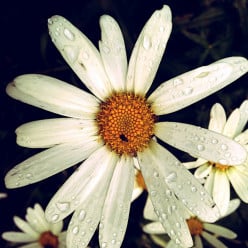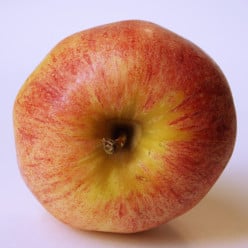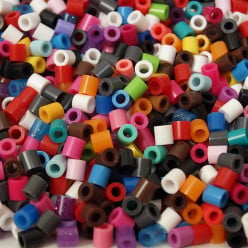Do you put one space after a sentence, or two?
Do you put one space after a sentence, or two?
I know that the two space rule came from the days of typewriters, but it's just an awful habit to break. My fingers push the double spacebar without thinking. For publishing purposes, should manuscripts use one or two spaces?Either is acceptable, or so I was told. I still use the two spaces out of habit, but I know on ebooks either one can be done.
Thanks. I know Jeff Goins has been preaching just one. I personally like the look of two--but does that date us?
Both the updated Associated Press Stylebook and the Chicago Manual of Style direct writers to always use a single space after a period. Computer fonts are proportionately spaced, so the second space is no longer needed. However, I’m just like the rest of you who learned on a typewriter. It’s hard to make the switch, and I catch myself double-spacing, then backing up to delete the extra space.
WRITER’S DIGEST advises the one-space-after-a-sentence rule is not only widely accepted, it’s now expected, and writers are encouraged to switch.
Yet, I've read opposing views about this issue (or 'non-issue') in writers' blogs. Finished copy in a magazine or traditionally published book will have one space, but a publication's editor won't reject your manuscript if you still use two.
Eventually, we will all probably follow the one-space trend and forget what the fuss was about!That is interesting and informative-- especially if AP and WD say it. I still think two looks better, but I will try to adapt. (Rats!. I did it again.)
Thank you, that was very helpful. Great sources sited.
The foolproof thing to do is to follow each publisher's submission guidelines using the style guide they prefer you to use.
I have reduced from the standard of deux ("duh") to "there can only be one!"
I still use the two space rule, being I am from the days of the typewriters. And, yes, it is a terrible habit to try to break. I read recently that there should only be one space now, but I just cannot seem to break that old habit. I hope it is acceptable either way.
I've always been taught two spaces and I was taught on computers. I think two looks much better than one... Why switch?!
Find out the preference of each publisher you send your work to. If they want it printed out in landscape format in wingdings with images of cat butts instead of spaces, make it so.
Go to the publisher's webpage and read through the submission guidelines. These days, most include a link to the style guide they prefer you to adhere to. Follow it religiously and not just Christmas and Easter religiously, but going-to-seminary religiously. Anything you can do to make the editor notice only your writing and not the style of the manuscript is a good thing.
I keep the style guide open right on my desktop when I'm double-checking a manuscript. I find that it is vital when I'm writing to more than one style guide in a single day.
Good luck!On a typewriter (I know, ancient history), it was proper to put two spaces after a sentence. With a word processing application, one is sufficient because kerning and tracking is part of the application. Those who use two spaces in a word processed document display a typewriter background.
I don't see why the two-space rule shouldn't continue on computers. Double-spacing at the end of a sentence can help clarify that the sentence does indeed end if the last word is an abbreviation that takes a period, like etc. or M.D.
Related Discussions
- 13
Grammatically speaking, should one place two spaces or one following a mark of p
by Nicholas Nelson 12 years ago
Grammatically speaking, should one place two spaces or one following a mark of punctuation?
- 19
I think I am ready to publish....
by Chaotic Chica 14 years ago
I have been writing a short, nonfiction book for a while now and I believe that I am ready to publish. Having never done this before I would really appreciate any advice that any of you may be able to offer to help me to make sound decisions. I am aware that there are a number of scams...
- 6
Do you do one space after a period, or two?
by Jennifer Arnett 10 years ago
Do you do one space after a period, or two?I grew up being told that you use twp spaces after a period, but I've noticed others only using one. For e-book publishing, which is correct?
- 36
Parking spaces taken by People Not Disabled.
by BEAUTYBABE 13 years ago
I am writing this because I have to rely on a wheelchair now to get around, because I am unable to drive anymore.However, the subject I wanted to bring up is about the number of selfish drivers and those who have no regard for people with disabilities, who park their cars in disability parking bays...
- 30
How do you practice Wicca religiously if your husband disagrees?
by Kitty Fields 13 years ago
My husband doesn't particularly like the fact that I've recently told him that I am Wiccan through and through. I've sort of hid it from him for awhile, well, not necessarily hid it from him but never came right out and said "I'm Wiccan". He supports me in that he thinks I should believe...
- 12
Have you noticed anything weird about your Hubs...
by Fred Arnold 10 years ago
So I'm going through my Hubs and making sure they are mobile/desktop friendly. I noticed that a lot of my hub capsules have ridiculous amounts of spaces to them after the paragraph ends. It makes it so there is a bunch of white space between the sections of my Hubs. Has anyone else noticed this?...















